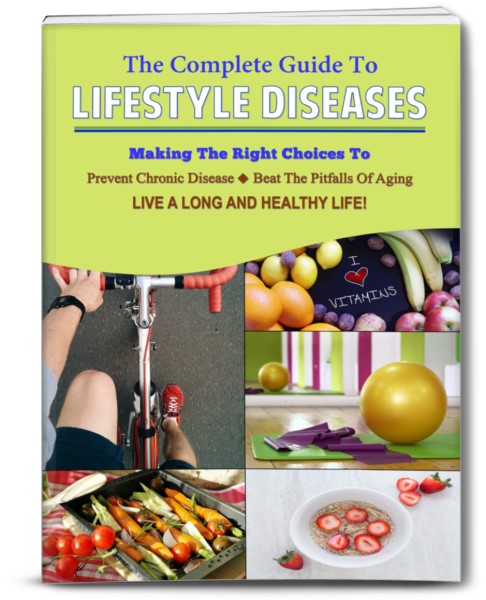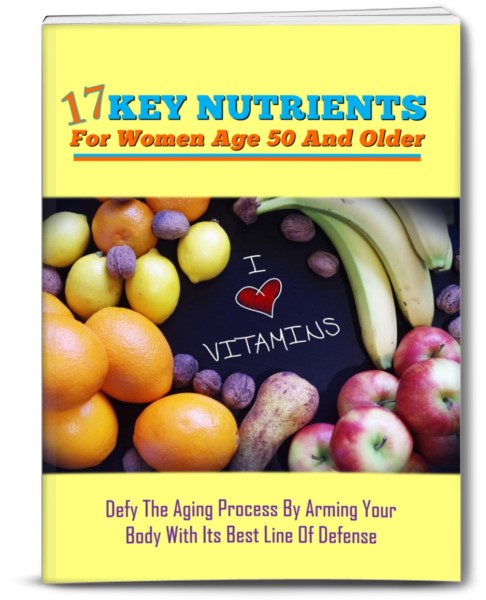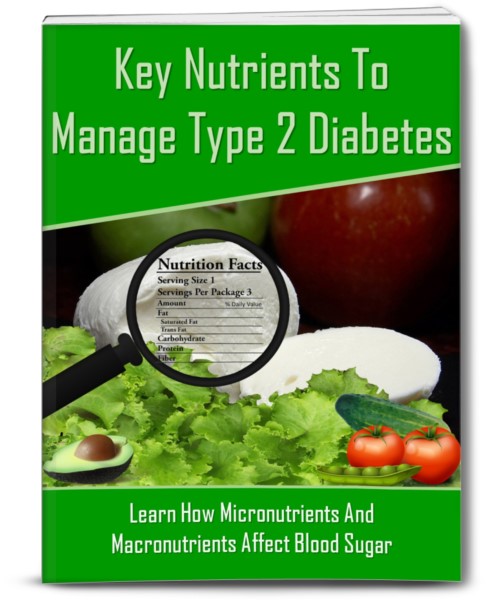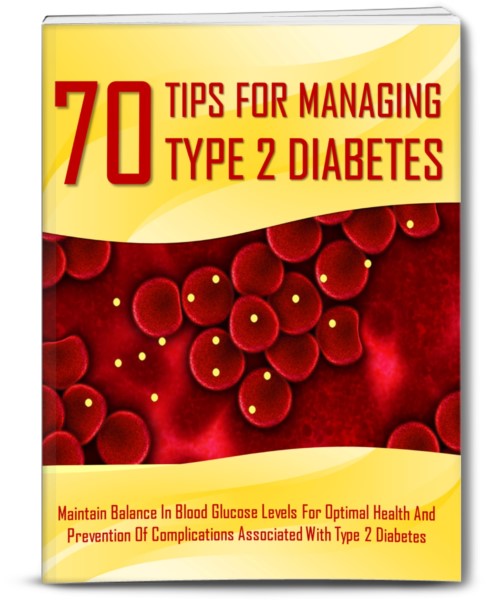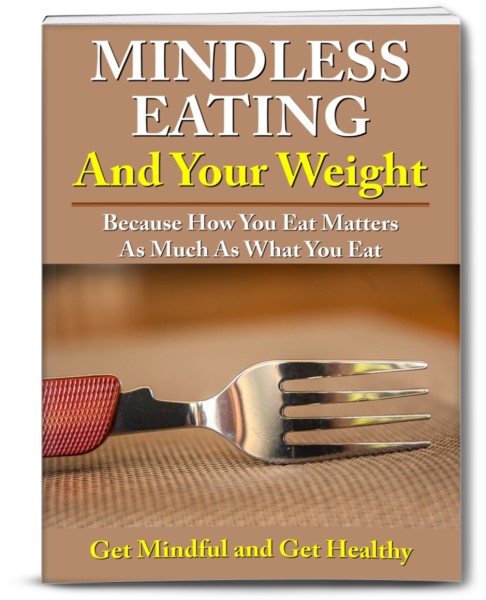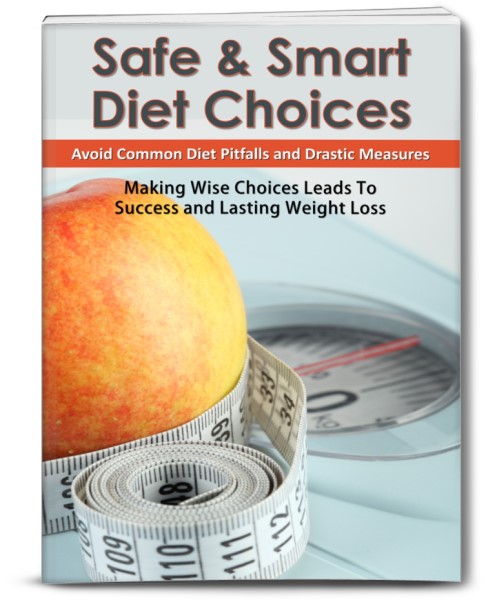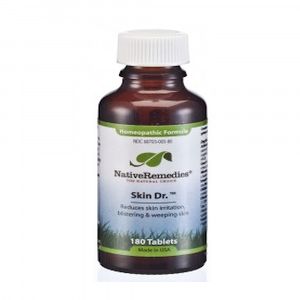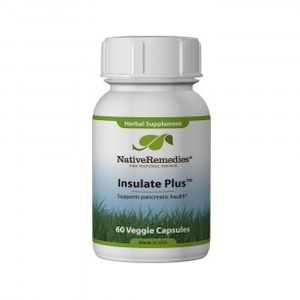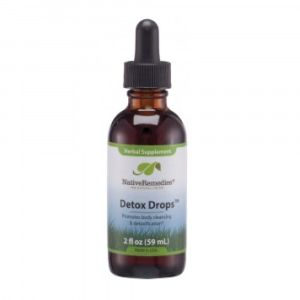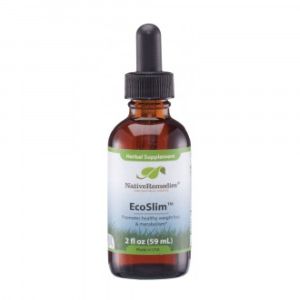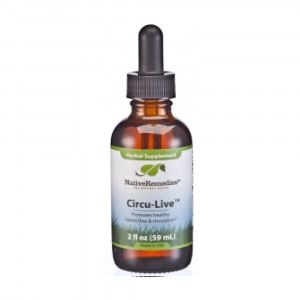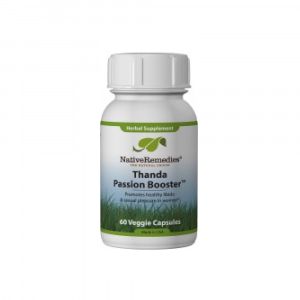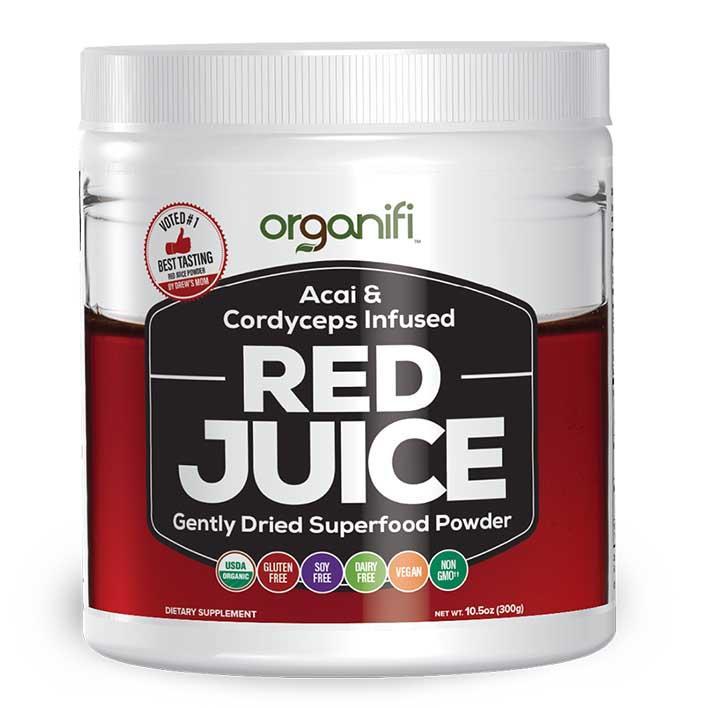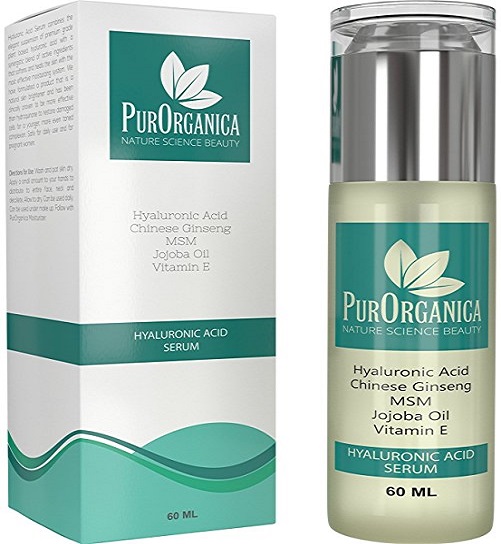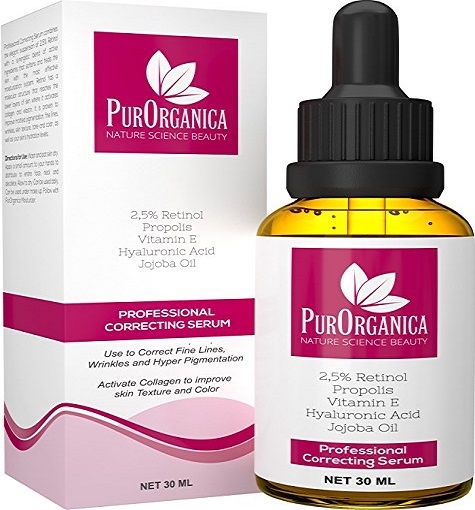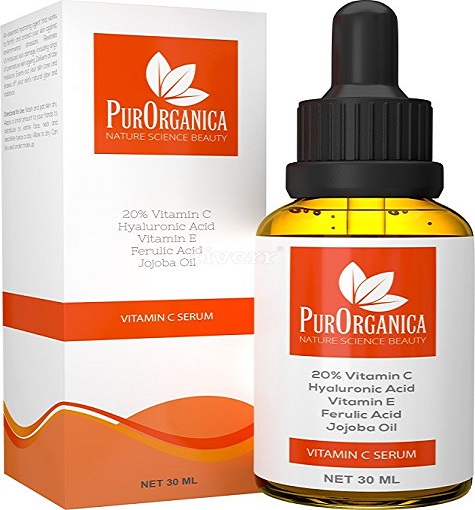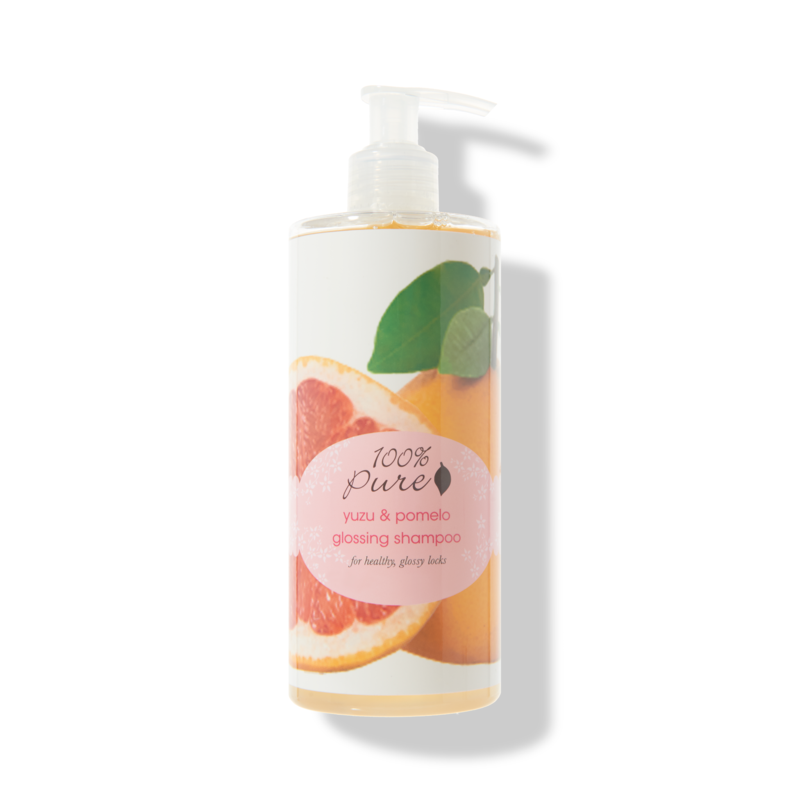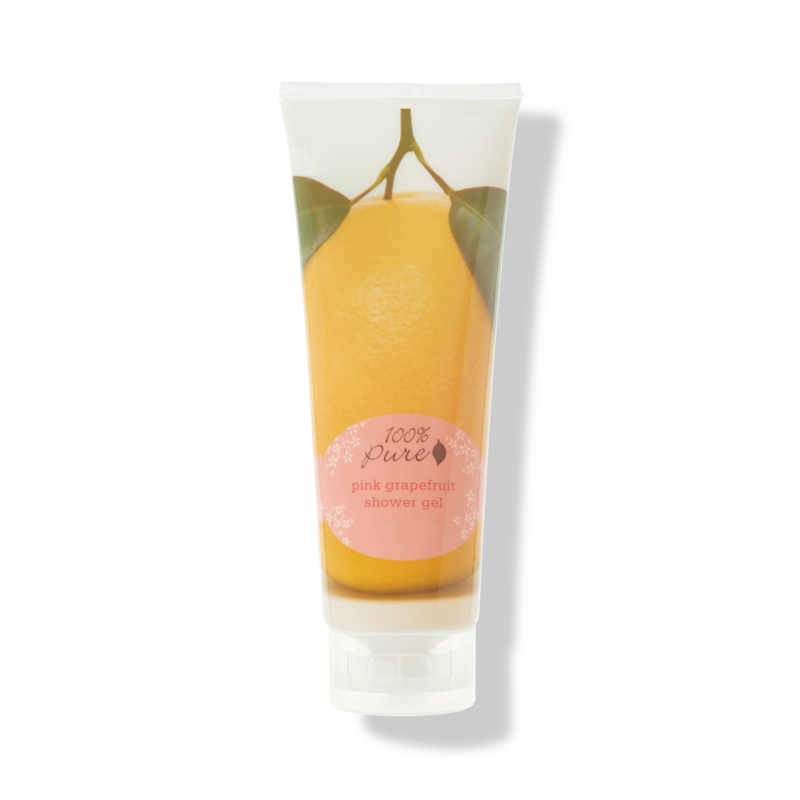Slow The Effects Of Aging By The Choice Of Your Plate
As we age, the search for that elusive magic bullet to slow the hands of time becomes more frantic. It could very well be to prevent diseases associated with an aging body or to just look better for longer.
Well, what if you could slow the effects of aging by simply building your plate the right way? Building your plate is not a scientific process, but just involves including the right portions of nutrient rich whole food on your plate, so as to elicit the benefit you wish to see.
No worries, we will explain what you need to include now, so let’s dive right in!
The Base Of Your Diet- Vegetables
The importance of consuming enough vegetables cannot be overstated, regardless of your age. As you age, certain diseases become a very real threat, such as cancer. Vegetables are the richest known sources of anti-oxidants and various phytochemicals known to man, and all of them play a key role in removing toxins from the body, taking hold of damaging free radicals and reducing risks for oxidative stress.
The best way to ensure you get enough vegetables in your diet is to make 50% of your meals based on vegetables. Be sure to include a variety of different colored veggies, as their colors typically indicate a different composition of nutrients.
• Spinach
• Kale
• Carrots
• Lettuce
• Dark Leafy Greens
• Broccoli
• Cabbage
• Bok Choy
• Green beans
• Eggplant
• Asparagus
• Tomatoes
• Brussels sprouts
• Onions
• Cucumbers
• Okra
• Mushrooms
• Peppers
Protein
Strict vegetarians have it difficult in this department. Yes, there are vegetarian approved protein foods, but they scarcely are able to supply the complete amino acid profile found in various animal proteins.
Protein is an essential nutrient throughout life, especially to help slow down the effects of again, as a deficiency would compromise recovery of structural components, including skin and connective tissue.
Ensuring adequate protein consumption also helps keep you mobile well into your old age, as muscles do no atrophy and grow weaker as fast as in someone who is on a low protein diet.
If you are worried about the fat content in animal products, opt for fish, skinless turkey, or chicken. Try to fill one-quarter of your plate with high quality protein to keep your metabolism functioning optimally.
Eat More Lean Varieties
• Skinless Chicken & Turkey
• Salmon, tuna, snapper, cod, and catfish.
• Shrimp, lobster, crab, mussels, and clams.
• Lean pork
• Tofu and tempeh
• Egg whites
• Low or nonfat dairy
Eat Less Fatty Varieties
• Red Meat
• Eggs Yolks
• Cheese
Fruits
Fruits are touch and go, in the sense that they are ok, but you need to keep an eye on their sugar content. As you age, owing to the fact that metabolic disorders are more likely (such as diabetes) it may not be the best idea to eat lots of fruits, or those with high GI scores.
Low GI fruits are definitely the way to go, since you will receive the unique bioflavonoids found in them, without much of a sugar worry.
Two servings of fruit daily are typically sufficient to allow you to get a fair amount of the necessary vitamins in your body, along with a “sweet-tooth” reward.
Low Sugar Fruits
• Apples
• Berries
• Pears
• Watermelon
• Melons
• Apricots
• Nectarines
Healthy Fats
Though fats are everywhere, not all are good. In fact, the good ones are in the minority. Try to get your fat intake by consuming avocadoes, fatty fish, nuts, and by preparing foods with olive and coconut oils.
While saturated fat is not necessarily bad, as it helps ensure hormone production, it becomes very bad when combined with a high carbohydrate diet.
A lot of fat is not required at each meal; half of an avocado daily along with normal prep sizes of cooking oils, and a handful of nuts should be sufficient.
Starchy Carbohydrates
We left carbs for last because that is where their place should be- the last thing to include on your plate. Yes, although many of our staples are carbs (potatoes, rice, pasta) they really should not be, as they take a toll on our bodies, wreaking havoc on insulin more often than not.
However, a little should not do harm, as long as you are not at risk for type 2 diabetes, or have not been diagnosed with pre-diabetes, as carbs are the preferential energy source in the body, and used by the brain for fuel.
Just be sure to go for slower digesting carbs, such as whole grains, which include:
• Brown and wild rice
• High fiber whole grain cereal
• Steel cut oats
• Barley
• Sweet potatoes
• Plain popcorn
• Whole grain flour
• 100% whole or sprouted grain breads products
• Flaxseed
• 100% whole grain farro
• Whole grain flour
• Whole wheat, spelt, or kamut pasta
2 More Key Points
• Avoid or greatly limit junk food, processed food, and refined sugar and things made from it or with it.
• Watch your caloric intake, which should be based on your age, height, weight and activity level.


